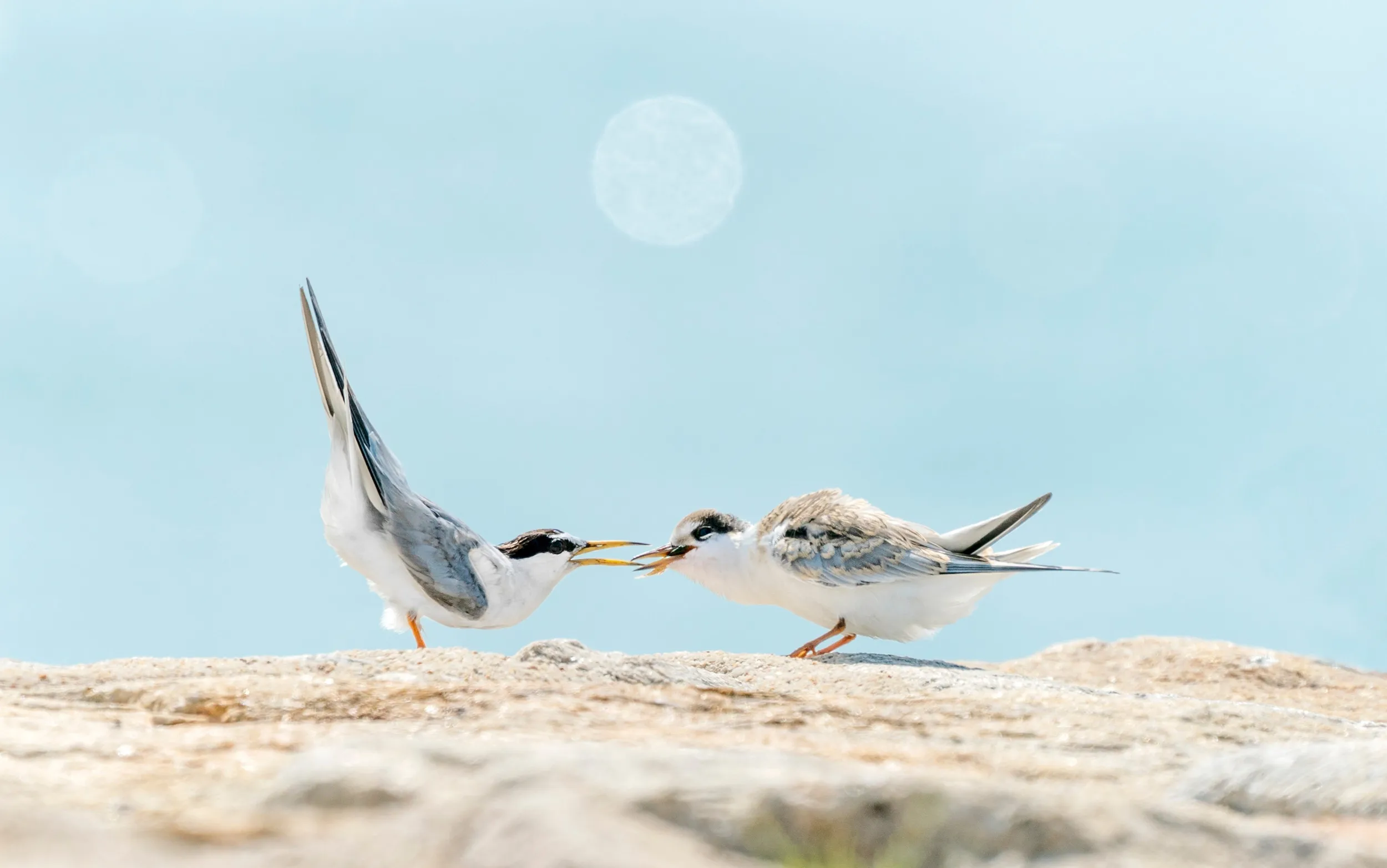Natural England Species Recovery
The Species Recovery Programme Capital Grant Scheme is funded and delivered by Natural England as part of its long-running Species Recovery Programme. It focuses resources on projects that address the needs of Priority, Threatened or Near Threatened species.

On this page
Many of England’s native species are threatened and in serious decline and need our help, with many once common species having all but disappeared. In April 2023, Natural England launched a new Species Recovery Programme Capital Grant Scheme (SRPCGS) The scheme offered grants to projects across England aiming to halt and reverse declines in populations of our most threatened species.

Breeding wading birds:
In spring and summer, our lowland wet grasslands are home to Redshanks, Black-tailed Godwits and Lapwings. They probe the muddy ground, rich in invertebrates, as they forage food for their chicks. But these birds are facing severe declines.
Many lowland wet grasslands, essential habitats for these breeding species, were repurposed and drained, particularly throughout the 20th century. As a result, the populations of those dependent on these habitats are plummeting. Recovery is also often compromised by the impacts of nest and chick predation. Many of these species are ground-nesting birds so vulnerable to predation from Badgers and Foxes.

Thanks to generous Natural England funding, two Species Recovery Projects are underway to help bolster breeding populations:
- The value of predator fencing has been proven on 30 lowland wetland sites, where populations have bucked national trends. The Protecting Lowland Breeding Waders Species Recovery Project involves the installation of predator fencing on already existing managed lowland wet grassland at RSPB Burton Mere Wetlands, The Nene Washes and Higham Marshes. This will improve breeding opportunities on over 150 hectares of habitat for identified key species.
- The restoration of lowland wet grassland is essential for species recovery, while building resilience in the face of climate change. Working in partnership with Natural England on Action for Birds in England, habitat management will be delivered at landscape scale across five sites situated within the Blackwater and Colne Estuaries. A total of 84.6 hectares of wet grassland will be enhanced, and three predator fences will be installed to improve breeding opportunities. The funding also allows for the installation of seven solar water pumps to improve hydrology. Alongside improving habitat for wading birds, the Blackwater and Colne Species Recovery Project will aid the recovery of breeding Common Terns.
Terning it up
The UK holds host to multiple tern species throughout the summer months. Ground nesters on beaches, terns are vulnerable to predation, but the chicks’ camouflage helps them to disappear amongst the shingle. However, these perfectly adapted species have been faced with a raft of new challenges and pressures in recent years which has led to a severe decline in numbers.
Instances of coastal flooding are exacerbated due to climate change, and disturbance on beaches impacts nest success. Terning It Up will offer protection to Roseate, Arctic, Common and Little Terns. Prime, protected nesting habitat will be created across four RSPB nature reserves: Dungeness, Boyton Marshes, Hodbarrow and Saltholme. Natural England funding will allow for the creation of nesting islands with associated habitat, along with predator management. This work will also benefit a wide range of other species of conservation importance, including Natterjack Toads, Marsh Mallow Moths and Medicinal Leeches.
The Terning It Up project work will act as exemplar sites to influence wider management across England.

Dunwich Forest
Low heathland is essential habitat for priority species like Nightjars and Adders. It is a rare and threatened habitat, and it’s estimated that only one sixth of the heathland present in 1800 remains in England.
The Dunwich Forest Restoration project represents the next phase of the restoration of acid grassland, heathland and scrub on the Suffolk Coast. The project will see areas of felled conifer restored and the creation of newly felled areas. This is to create a mosaic of different levels of growth, providing habitat for a greater range of species
The project will enable greater connectedness of heathland mosaics across the landscape. Proposed additional felling will complete a corridor of open habitat extending over eight kilometres – connecting RSPB Minsmere, Westleton Heath National Nature Reserve and Dunwich Heath (managed by the National Trust) in the south to RSPB/Suffolk Wildlife Trust Dingle Marshes and Walberswick National Nature Reserve in the north. This will create a bigger, better and more joined up area, exceeding 1,000ha, managed by partners for nature.